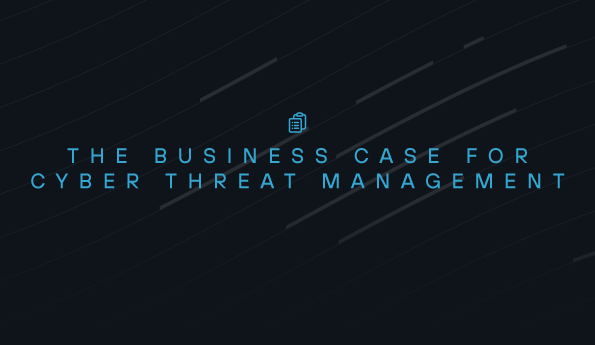Combining EDR and NGAV for Defense-in-Depth
Endpoints are a foundational part of any modern organization, the hub where employees work. As such, they often fall under the crosshairs of cyber attackers. Given that they are constantly at risk of attack, defending endpoints is an essential aspect of any cybersecurity program.
Organizations need more than just endpoint detection and response (EDR) capabilities to keep their assets safe, however. Employing a defense-in-depth method is becoming a standard for protecting the endpoint and beyond. Combining EDR with next-gen antivirus (NGAV) is a foundational start to implementing a scalable defense-in-depth approach to cybersecurity.
EDR + NGAV: The complete endpoint security solution
Although both are useful in their own rights, EDR and NGAV combined provide a more comprehensive and holistic approach to endpoint security. But before we get to how they’re better together, let’s first look at what EDR and NGAV provide individually.
What is EDR?
By collecting and analyzing data from endpoint devices, EDR helps establish a clearer picture of what's happening in your network.
How it works:
- Data collection: An agent installed on your endpoints gathers information about activities, files, and behaviors.
- Baseline establishment: EDR uses analytics to create a normal profile for each device, making it easier to spot suspicious activity.
- Threat detection: When anomalies arise, EDR flags them for investigation.
- Response actions: After a threat is detected, EDR acts in response, such as isolating potentially infected host systems.
Why it matters:
In today's distributed work environment, EDR offers critical visibility into your entire fleet of devices. This helps protect your users and data and improve your overall security posture.
What is NGAV?
While EDR is focused on detection and response, NGAV takes a proactive approach, stopping threats in their tracks. Powered by AI and machine learning, NGAV solutions use predictive analytics and behavioral models to identify and block both known and unknown threats.
How it works
- Proactive Prevention: NGAV uses techniques like canary files and anomaly detection to identify malicious activity and stop it before it causes harm. For example, NGAV can kill or suspend malicious processes within an application to prevent further harm.
- Targeted Remediation: When a threat is detected, NGAV can precisely target and neutralize it without disrupting critical system components.
Why it matters
NGAV provides a robust defense against cyber threats, protecting your systems from existing, new, and emerging attacks while minimizing disruption to your operations.
Using complete endpoint security for defending in depth
Together, EDR and NGAV give organizations both ongoing visibility and proactive defense capabilities that are critical for a strong security posture. The combination provides far superior security functionality than solely EDR or NGAV, reducing system load through a single consolidated agent as well.
Of course, though critical, endpoint security is just one aspect of a mature security strategy. Defense-in-depth is one such strategy recommended by NIST, the National Institute of Standards and Technology. In practice, defense-in-depth relies on a multi-layered security approach, combining people, processes, and technology (PPT) to protect organizations and their objectives from cyberattacks.
Endpoint security is a foundational layer within a defense-in-depth approach, which generally also includes perimeter security, network security, and application security. These layers create shells of defense around a company’s core assets: data (customer, financial, intellectual property, etc.), credentials, development environments, etc. Each shell is designed to impede an attacker’s ability to penetrate an organization. This both deters attackers from moving forward and gives security teams more opportunities to catch the adversary before they’re able to successfully breach the organization.
Complete endpoint security helps facilitate visibility, detection, prevention, and response through a single technological solution. These are all crucial aspects of the defense-in-depth approach, as they help organizations uncover threats that can slip past each previous layer.
Learn more about complete endpoint security
By combining EDR and NGAV, complete endpoint security solutions take a holistic approach to defending systems that help promote security strategies like defense-in-depth and others. The level of visibility and proactive protection they provide through a single agent helps organizations of all sizes to mature their security operations and stop potential threats.
If you’re interested in getting started with a complete endpoint security solution, our eBook has tips and tricks for determining which option will work best for your unique business needs. Download it for free today to get started.
See Todyl in Action
Learn how you can protect what you built.
Stay on the Cutting Edge of Security
Subscribe to our newsletter to get our latest insights.



